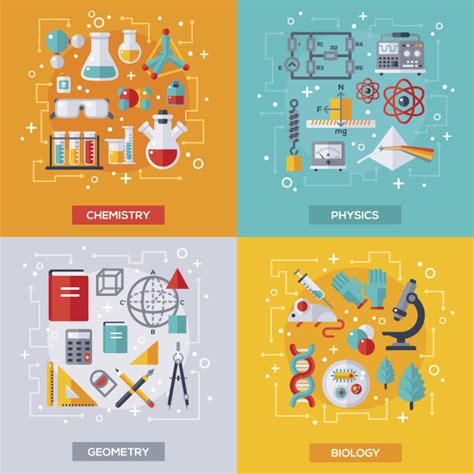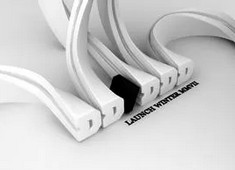Sports and Physics
Sports and physics may seem like two unrelated topics, but they are actually closely intertwined. The principles of physics play a significant role in various aspects of sports, from the movement of athletes to the equipment they use. In this article, we will explore the relationship between sports and physics, and how an understanding of physics can enhance performance in sports.
One of the fundamental concepts of physics that applies to sports is motion and dynamics. Athletes are constantly in motion, and the laws of physics govern how their bodies move. For example, when a basketball player jumps to make a shot, the principles of force, velocity, and acceleration come into play. By understanding these principles, athletes can optimize their movements to achieve better performance.
Projectile motion is another important concept in physics that is relevant to sports. When a baseball player throws a ball, or a golfer hits a shot, the trajectory of the ball follows a curved path determined by the angle and velocity of the throw or hit. By understanding the principles of projectile motion, athletes can improve their accuracy and distance in sports that involve throwing or hitting objects.
Friction and traction are crucial factors in sports that involve running, skating, or cycling. For instance, in track and field events, the interaction between an athlete's shoes and the running surface determines how fast they can run. By understanding the physics of friction and traction, athletes can choose the right equipment and techniques to maximize their speed and performance.
Energy and power are essential in sports that require explosive movements, such as sprinting, weightlifting, or jumping. The concept of work and energy transfer is fundamental to understanding how athletes generate power in their movements. By applying the principles of energy and power, athletes can improve their explosiveness and endurance in sports that require short bursts of energy.
Fluid dynamics plays a significant role in sports like swimming, rowing, and cycling. Athletes moving through air or water face resistance that affects their speed and efficiency. Understanding how to minimize drag and maximize propulsion through the principles of fluid dynamics can help athletes swim faster, row more efficiently, and cycle with less effort.

In conclusion, the relationship between sports and physics is undeniable. By applying the principles of physics to their training and performance, athletes can gain a competitive edge and enhance their overall skills. Whether it's understanding motion and dynamics, projectile motion, friction and traction, energy and power, or fluid dynamics, a solid grasp of physics can help athletes reach their full potential in their respective sports. Next time you watch a sporting event, remember that behind every impressive play or movement lies the science of physics at work.

2004新澳精准资料免费提供,最新成语解释落实_The51.94....

2024澳门新资料大全免费直播,最新成语解释落实_HD36.60....

亚洲欧美日本私人家庭影院:真实性答案曝光落实在现代生活中,随着...

香港的转型与未来展望:融合传统与现代的独特路径引言香港,这个...

欧洲杯冠军奖励欧洲杯是欧洲足球的最高荣誉之一,每四年举办一次。对于获...